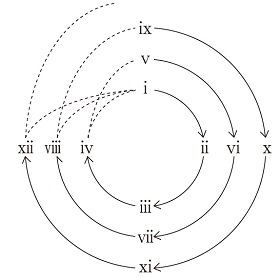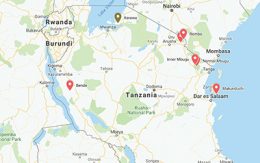Activities
A Crosslinguistic Study of Nominalizer-final Constructions: The ‘Cogitation Process’ Approach (2013.04-2016.03)

About the Project
Project term: April, 2013–March, 2016
The Japanese language contains a construction that has the following structure:
[Clause] Nominalizer Copula.
The nominalizer slot is occupied by the nominalizer =no, and the copula slot by =da. This construction is known as ‘the =no=da construction’, and has a wide range of uses.
Mie Tsunoda (2004) proposed a model called ‘the cogitation process model to account for the varied uses of the =no=da construction. According to this model, when a person observes a situation, that person goes through the following four phases and utters the =no=da construction at Phase 4.
Phase 1: Recognition of a situation.
Phase 2: Question about the situation.
Phase 3: Conjecturing an answer.
Phase 4: Finding the answer.
In a stretch of discourse, that person may go through the four phases for the second time, and even for the third time. That is, the four phases may be repeated cyclically.
This model provides a systematic and coherent account of this construction’s various uses, such as in simplex sentences, complex sentences, and discourse.
A nominalizer-final construction, which resembles the Japanese =no=da construction, occurs in several languages of Asia, such as Amdo Tibetan, Burmese, Central Tibetan, Korean, Mongolian, Newar, and Sibe. In these languages, the nominalizer-final construction is acknowledged, but its uses have not been sufficiently investigated.
The present project mainly aims (i) to investigate the functions of this construction in these languages, and, (ii) to furnish contributions to general linguistics, particularly to discourse study.
Mie TSUNODA, Project Coordinator (Rissho University)
For details, please see here.





